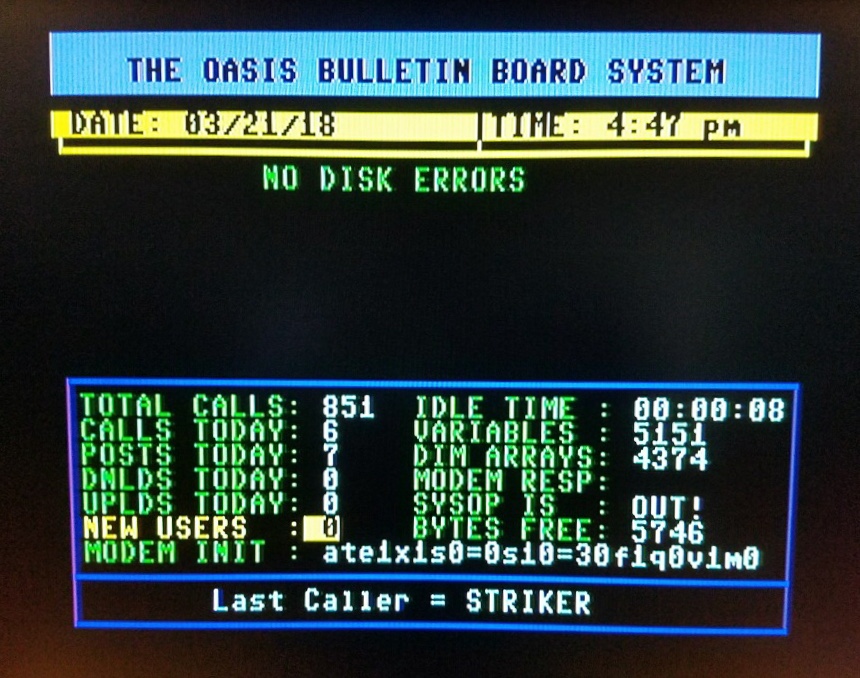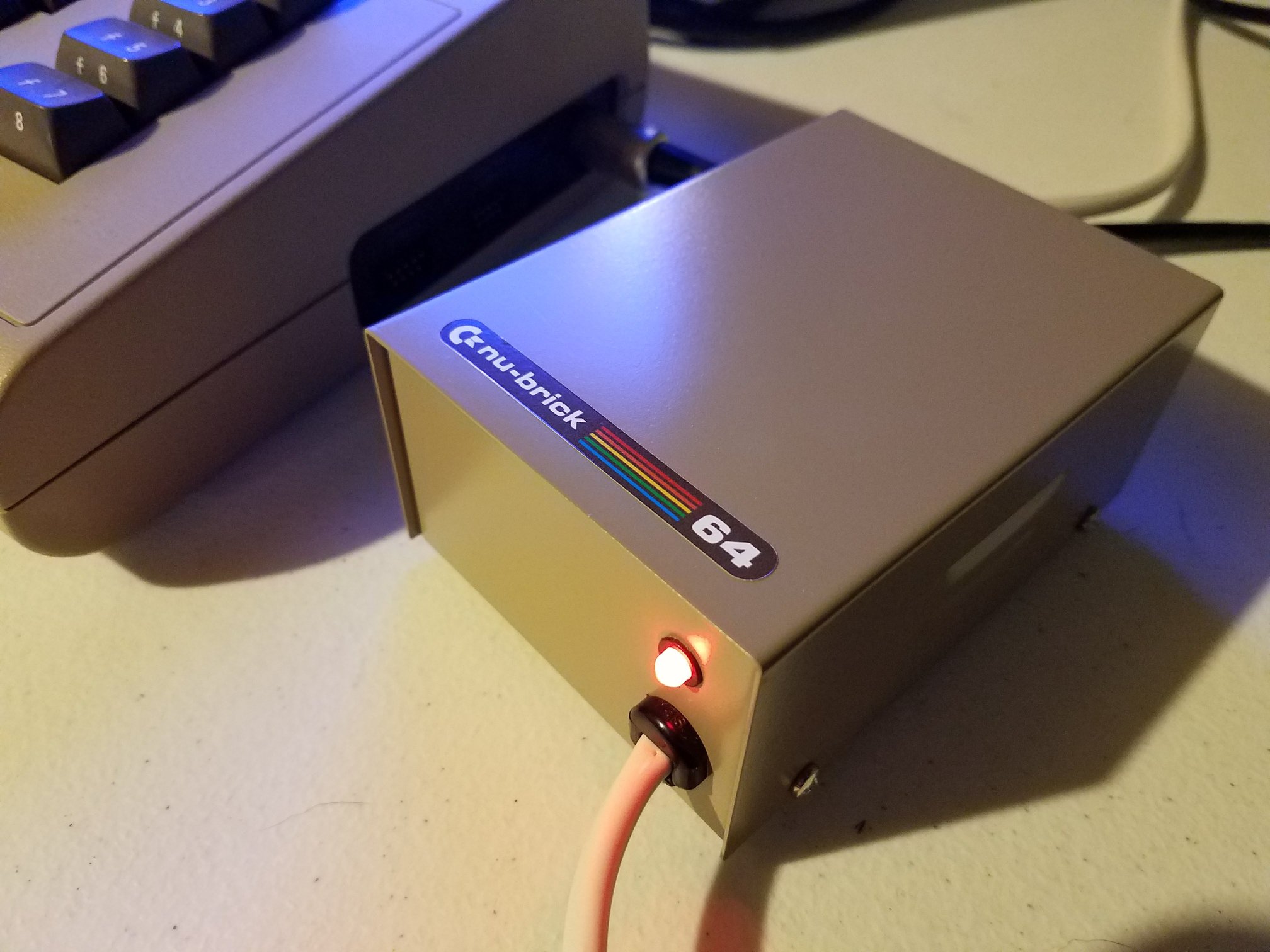Róbert Farkas, known online as Sleep from the sleepTFF YouTube channel, recently showcased an innovative punch tape storage system integrated with the classic Commodore 64. Reviving a nearly century-old data storage method, Farkas’s device lets users save and load programs using punch tape—functionally similar to traditional cassette tape storage but with a distinctly vintage mechanical charm.
The system was constructed using an Epson tape punch and a Gil Medi optical tape reader, both harvested from a 1970s-era numerical control (NC) punching machine. Initially designed for CNC simulator demonstrations on modern PCs, the setup now seamlessly connects to the Commodore 64 through a custom-built cartridge featuring 16 input and 16 output lines.
An Arduino microcontroller handles the USB connection and internal control mechanisms, allowing the device to be compatible with both PCs and the Commodore 64. The cartridge contains Punch Tape BASIC, a robust 4-kilobyte extension written in assembly language. This extension includes error-checking features like parity bits and checksums, real-time sprite-based visualizations, a graphical data interpreter, and a tokenized command processor.
Using the punch tape device is straightforward. To save a program, users simply employ the standard SAVE command, specifying unit number two—mirroring cassette storage operation. A short lead-in section facilitates easy insertion of the tape into the reader, while distinct data sections on the tape indicate headers and program content.
Loading saved programs involves inserting the punched tape into the optical reader and using the LOAD command, again referencing unit two. The system automatically detects the header, revealing the file name before loading the content into memory. Farkas demonstrated the system by successfully loading “Sanctioned,” a Commodore 64 game measuring 38 kilobytes, stored on a 120-meter punch tape. Although a parity error occurred during the loading process, the built-in error correction algorithm promptly resolved it, showcasing the reliability of this vintage-meets-modern system.
Punch Tape BASIC also offers several additional commands for enhanced functionality, including ASCII and graphic wristband creation, on-screen visual representations of punch tape patterns, direct 8-bit data printing, tape inspections, marking of tape boundaries, rewinding capabilities, tape emulation, and content analysis.
Full project documentation and resources for replicating the system are available through the video’s description, providing interested enthusiasts with everything they need to build their own punch tape device.







